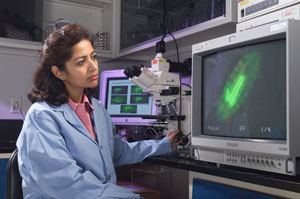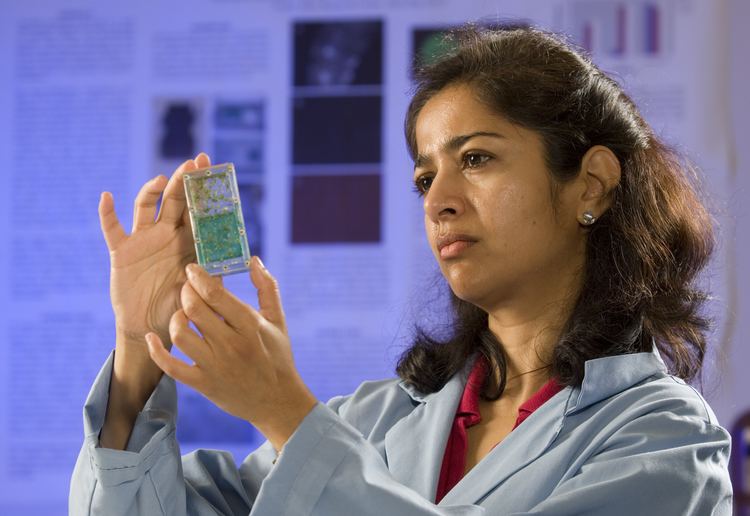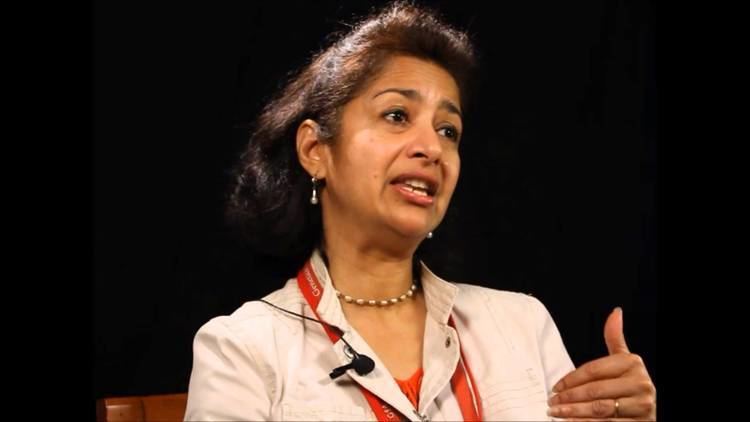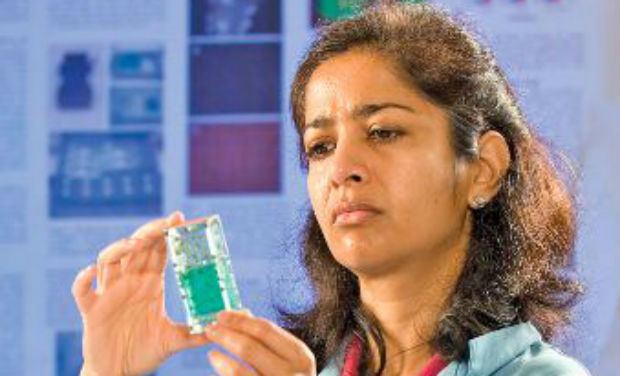Name Sharmila Bhattacharya | ||
 | ||
Education | ||
Interview with nasa ames dr sharmila bhattacharya about heart flies
Dr. Sharmila Bhattacharya (born in Lagos, Nigeria and grew up in India) is the head of the Biomodel Performance and Behavior laboratory at NASA Ames Research Center.
Contents
- Interview with nasa ames dr sharmila bhattacharya about heart flies
- Sharmila bhattacharya
- Education
- Career
- Selected Papers
- References

Sharmila bhattacharya
Education

After getting a bachelor's degree in Biological Chemistry from Wellesley College, she started her career out as an undergraduate research assistant in the biochemistry lab at Princeton University. After that she earned her Master's degree and Ph.D. at Princeton University for her research in Molecular Biology, where she studied for the signal transduction pathway for the ras oncogene in Saccharomyces cerevisiae. She then went on to do her post-doctoral research at Stanford University in Neurobiology.
Career

Then she was hired as a payload scientist by Lockheed Martin to work at the NASA Ames Center. She was later promoted to the spot of Chief Scientist in the Small Spacecraft Division of the Ames center.
Selected Papers



